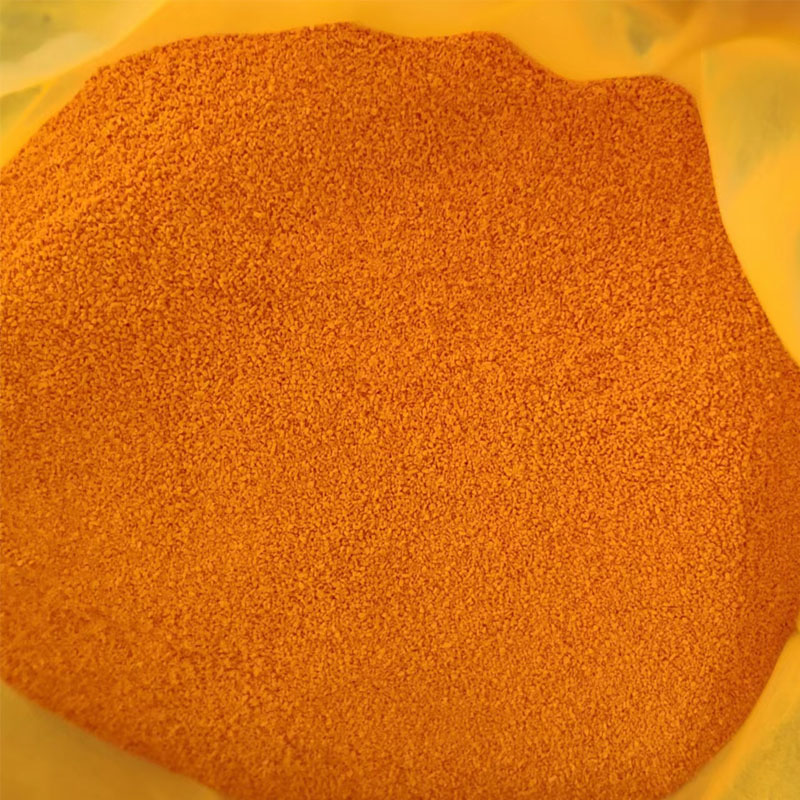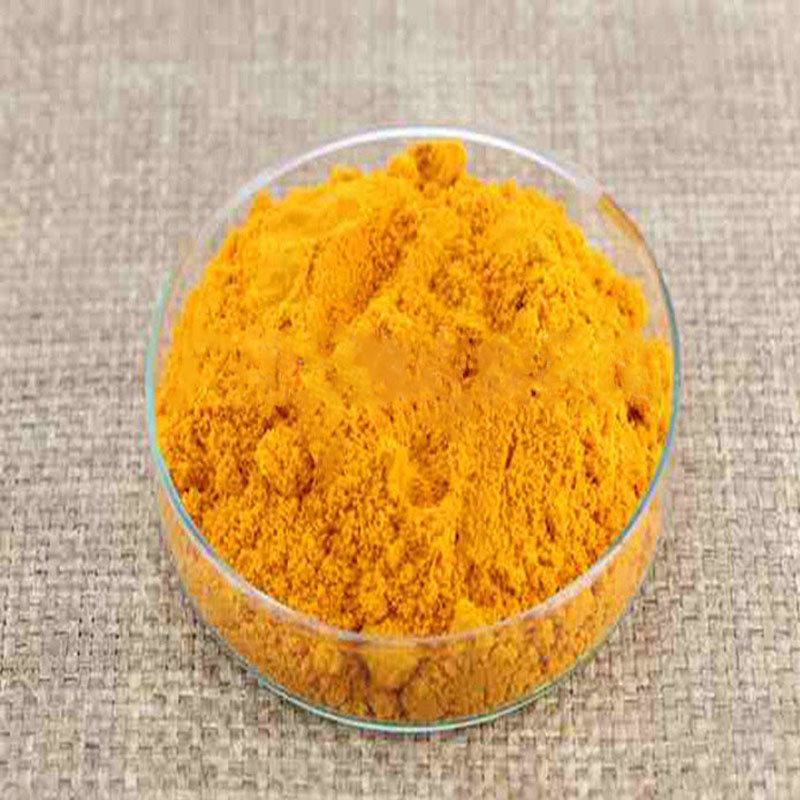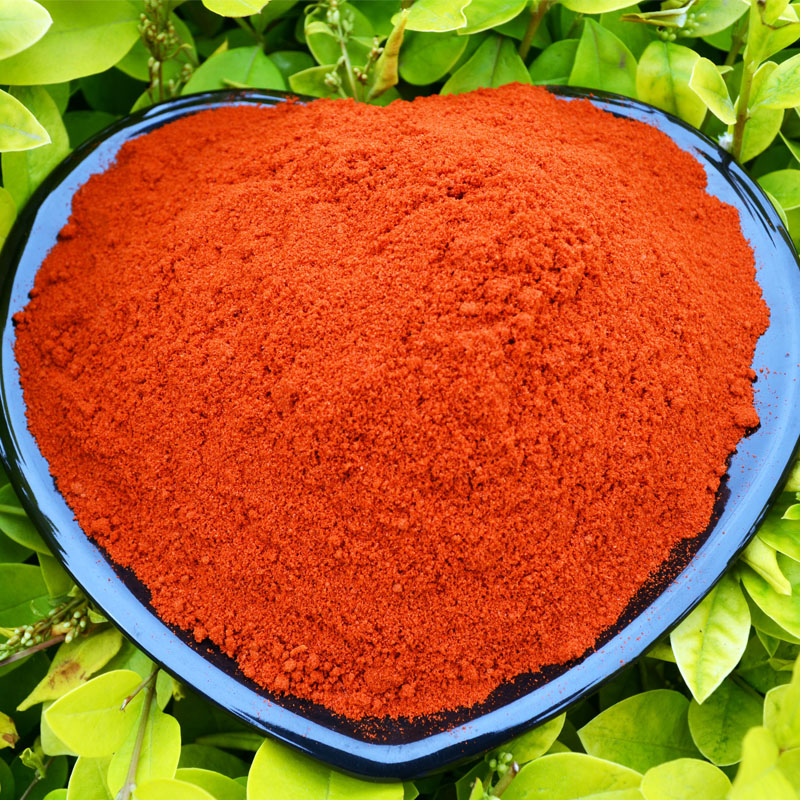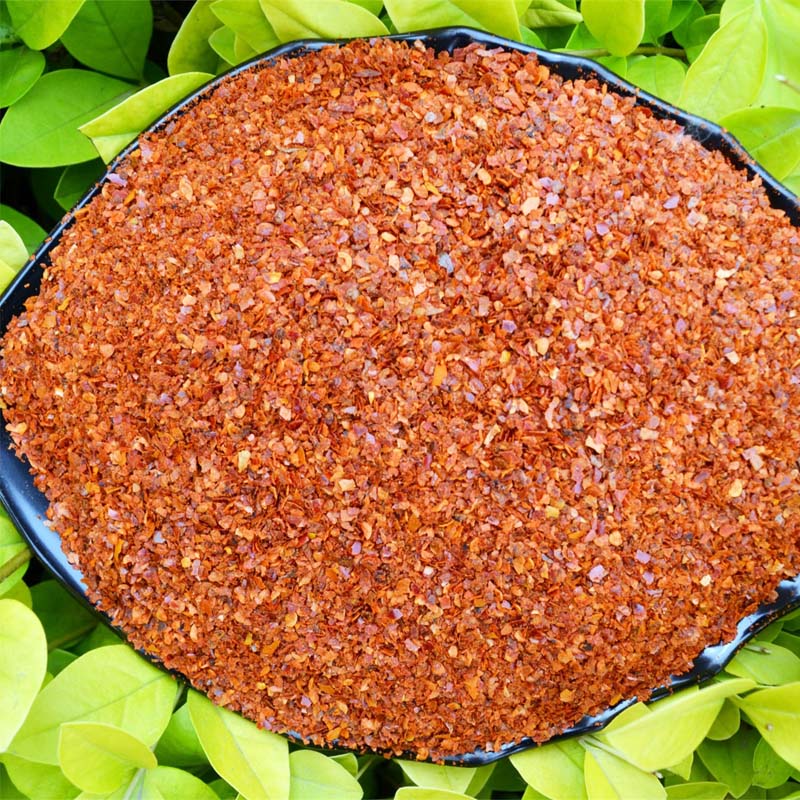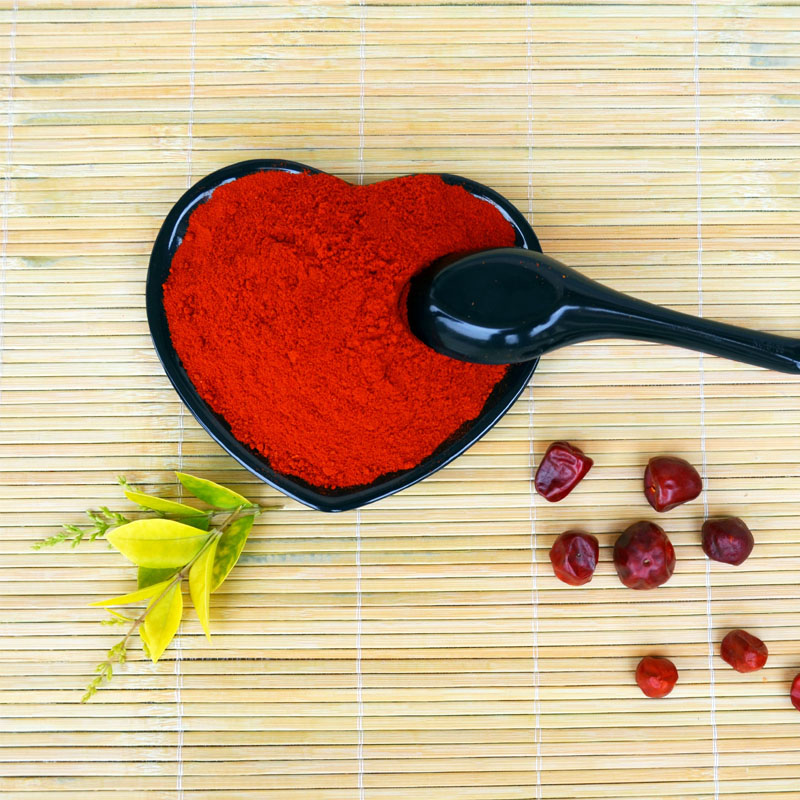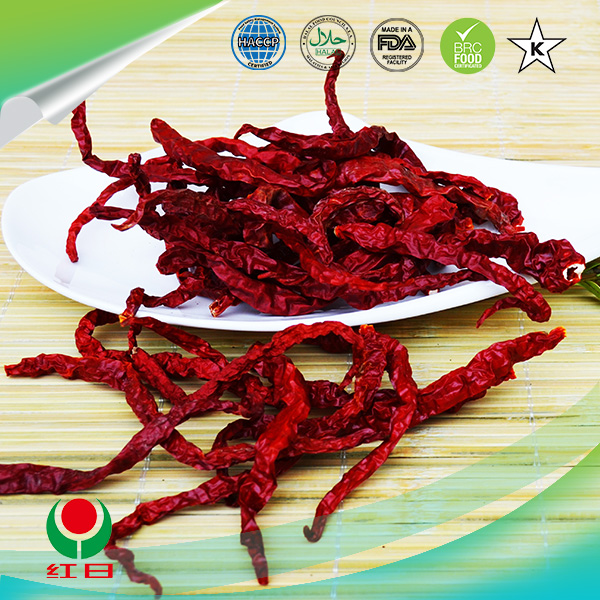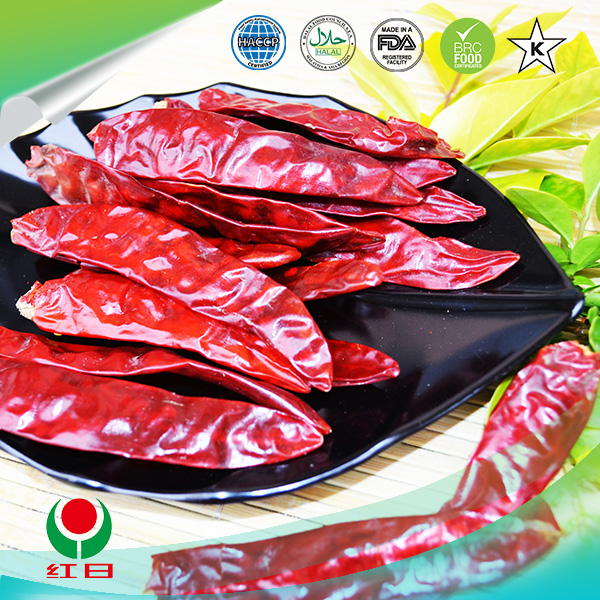- No. 268 Xianghe Street, Economic Development Zone of Xingtai city, Hebei 054001 China
- Byron@hbhongri.cn
chilli and paprika
The Vibrant World of Chilli and Paprika A Culinary Journey
Chilli and paprika are two spices that have captivated the taste buds of many around the globe. While they are often used interchangeably in casual conversation, each spice boasts its own unique character, history, and culinary uses. Understanding these spices can elevate any dish, making them essential ingredients in kitchens worldwide.
The Basics What Are Chillis and Paprika?
At the heart of it, both chilli and paprika come from the same family of peppers—the Capsicum genus. Chillis are the fresh or dried fruits of various species, known for their pungent heat. The heat level of chillis varies, which is measured using the Scoville scale. This scale quantifies the concentration of capsaicin, the compound responsible for their spiciness. Common chili varieties include jalapeño, habanero, and serrano, each offering a distinct flavor profile and heat level.
Paprika, on the other hand, is a spice made from ground sweet or bell peppers, predominantly produced in Hungary and Spain. Unlike many chillis, paprika is typically milder and ranges from sweet to smoked. The most famous paprika varieties are Hungarian sweet paprika and Spanish smoked paprika (pimentón), which impart a rich, smoky flavor, adding depth to many dishes.
Historical Context
The history of both spices is intriguing and intertwined with the cultures that embrace them. Chillis originated in Central and South America, where they have been cultivated for thousands of years. They were introduced to Europe in the 15th century following Christopher Columbus’s expeditions, quickly becoming popular for both their heat and flavor.
Paprika, particularly in its powdered form, became a staple in Hungarian cuisine in the 19th century. It played a significant role in defining many traditional dishes, such as goulash and pörkölt. The spice is so integral to Hungarian culture that it is often referred to as the national spice. In Spain, paprika is celebrated in dishes like chorizo and pimientos de padrón, showcasing the pepper's versatility.
chilli and paprika
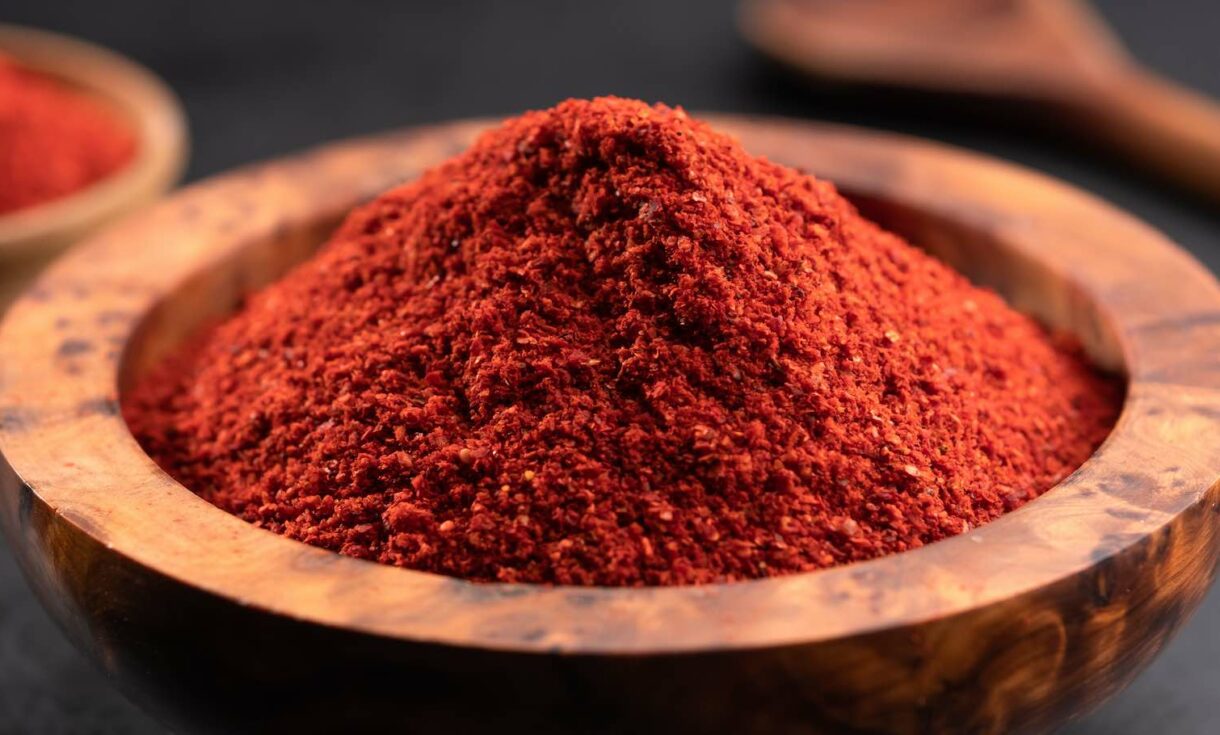
Culinary Uses
Chilli and paprika are beloved for their ability to enhance flavors and add complexity to dishes. Chillis can be used fresh, dried, or powdered. Fresh chillis add heat and zest to salsas, marinades, and stir-fries. Dried chillis can be rehydrated and used in stews, or ground into powder to create spice blends. Popular dishes featuring chillis include Thai green curry, Indian vindaloo, and Mexican enchiladas, where their heat helps balance out flavors.
Paprika, with its mellow sweetness, is often used to season meats, vegetables, and rice dishes. Its vibrant red color also makes it a favorite for garnishing dishes. The smoked version of paprika has gained popularity due to its unique flavor that can transform a simple dish into something spectacular. For example, smoked paprika is often used in paella, stews, and even barbecue sauces, imparting a distinctive smokiness that complements various ingredients.
Health Benefits
Both chilli and paprika offer numerous health benefits. Chillis, rich in vitamins A and C, are known to boost metabolism and can aid in weight management. Their anti-inflammatory properties and antioxidant content contribute to overall health, making them a valuable addition to any diet.
Paprika, while milder, is also packed with vitamins and antioxidants. It can promote healthy digestion and has been linked to improved heart health. The presence of carotenoids in paprika supports eye health and may reduce the risk of age-related macular degeneration.
Conclusion
Whether you prefer the fiery kick of chillis or the rich, sweet depth of paprika, both spices have something to offer for every culinary enthusiast. They not only add flavor and color to dishes but also link us to the cultures and histories of the regions from which they originate. Embracing the vibrancy of chilli and paprika can transform cooking into a delightful adventure, inviting exploration and creativity in every meal. So, next time you reach for these spices, remember their stories, flavors, and the warmth they bring to the table.
-
Unlock the Power of Nature with Capsicum Oleoresin ExtractNewsJul.03,2025
-
Unleash the Heat: Discover the Wonders of Spicy Crushed Red PepperNewsJul.03,2025
-
Unleash the Flavor of Red Pepper Pods – Elevate Your Culinary Creations!NewsJul.03,2025
-
The Rich Flavor of Red Pepper Dried – The Ultimate Ingredient for Your Culinary Creations!NewsJul.03,2025
-
Discover the Rich Flavor of the PaprikaNewsJul.03,2025
-
Discover the Flavorful World of Paprika & Chili ProductsNewsJul.03,2025
